My account
Get into your account.
Hot topics
Finding the middle ground for Doctor-Stakeholder Relationship
Healthcare systems around the world differ – public, private or a mix of both public and private (like in India). With all the variance in healthcare delivery models, the risks to healthcare professionals remain universal: needle injuries to litigations to episodes of threats/ violence
If Strategy is Commodity, How Can Organisations Ensure Differentiation?
Strategy and strategic planning are perhaps the most hyped-up...
IMS Health Market Reflection Report for July 2016
The Indian Pharmaceutical Market (IPM) was valued atRs. 10,025 crores in the month of July 2016 clocking a 14.7% growth over same period last year (SPLY). This was the first time ever the market crossed the 10,000 crore mark in a single month.
Violence Against Doctors: Doctor-Patient Relationship Bruised and Battered
If a business fails, it was an idea that didn’t work. If treatment fails – it must be a botch up. A broken gadget may be beyond repair, but not a patient in a doctor’s hands. From such ungraded expectations stems the potential for things to take an ugly turn.
An unwanted profession dealing with an unwanted condition, namely Ill health:
If possible, we would wish away death and diseases, hospitals and doctors. A hospital is not a holiday resort, but it too costs money. And the scenario of an adverse outcome like death simply becomes unacceptable.
Indian Pharma Market Performance – April 2025
The Indian Pharmaceutical Market (IPM) maintained moderate growth in...
Nimesulide – Nice or Not Nise?
Nimesulide Regulatory Status Worldwide
Nimesulide is a non-steroidal anti-inflammatory drug...
How Trump’s Tariff War Could Affect India’s Top 25 Pharma Companies
April 14, 2025
India’s pharmaceutical industry, a global powerhouse, sends...
Indian Pharma Market Performance – April 2025
The Indian Pharmaceutical Market (IPM) maintained moderate growth in...
Nimesulide – Nice or Not Nise?
Nimesulide Regulatory Status Worldwide
Nimesulide is a non-steroidal anti-inflammatory drug...
How Trump’s Tariff War Could Affect India’s Top 25 Pharma Companies
April 14, 2025
India’s pharmaceutical industry, a global powerhouse, sends...
Indian Pharma Market Performance – April 2025
The Indian Pharmaceutical Market (IPM) maintained moderate growth in...
Nimesulide – Nice or Not Nise?
Nimesulide Regulatory Status Worldwide
Nimesulide is a non-steroidal anti-inflammatory drug...
How Trump’s Tariff War Could Affect India’s Top 25 Pharma Companies
April 14, 2025
India’s pharmaceutical industry, a global powerhouse, sends...
Indian Pharma Market Performance – April 2025
The Indian Pharmaceutical Market (IPM) maintained moderate growth in...
Nimesulide – Nice or Not Nise?
Nimesulide Regulatory Status Worldwide
Nimesulide is a non-steroidal anti-inflammatory drug...
How Trump’s Tariff War Could Affect India’s Top 25 Pharma Companies
April 14, 2025
India’s pharmaceutical industry, a global powerhouse, sends...
Hot topics
Digital in Pharma and RoI – What and How to Measure Metrics that Matter
To be able to measure the RoI on digital in pharma, it is necessary to understand customers as individuals and create newer segmentation based on these needs and interests. This calls for the NextGen RCPA of data collection and personalized communications that engage customers, based on which pharma must create customer experiences that matter to them.
If your content does not scratch, where it itches the customers, digital or phygital, customers will not feel at home (comfortable, delighted, and wants more), which is what matters. Not a digital euphoria, which will soon die down as customers simply ignore it as they did when pharma launched a plethora of webinars.
Is Your Field Force Optimised to Make the Most of Market Growth in Metros?
Summary of Performance of Top 30 Metros in IPM...
What Makes Managers Effective – The Google Way
After settling down comfortably into my seat on a flight from Chicago to San Francisco, I started browsing through my digital copy of the latest issue of The Economist. Much to my surprise, I saw an article titled, The Usefulness of Managers beginning with the sentence, "Is your manager really necessary?"
Bingo!!! My mind went back to so many discussions we keep having about our Indian Pharma industry and the various arguments about line management and their contributions, role clarity, their usefulness and the often-asked question, “Are they really effective?”
When the top leadership says, that effective managers are a rare breed with comments such as, “they are the weakest link in our chain”, my mind keeps racing through with the thought as to, “if they are not, who has to be responsible to make them effective?”
Having been a line manager and climbing the ladder against odds, I can understand and empathise with both sides of this management world.
However, when these doubts and questions keep raising its head often, my curiosity quotient kept raising a question, “Are we in Indian pharma very unique to have such challenges?” A chance meeting I had with a team of Google senior management personnel based in Google’s headquarters in California during this trip gave me an interesting insight on what Google did and what it continues to do.
Much to my solace I found that their apprehensions were similar to what we in Indian Pharma face. The differentiating factor was that their "people operations" team (HR) has applied the Google Way (data analytics) to management analysis and developed a manifesto entitled Eight Habits of Highly Effective Google Managers.
What my Sabziwali taught me about the Internet, Mobile Health & Smartphones
It’s very common for a pharma professional having neighbors, friends and relatives to engage in conversation over medicines. One such conversation – a pleasant surprise – which intrigued me to dig deep into internet dynamics was one with the local roadside Sabziwali.
Patient Centered Pharma – Pipe Dream or Possible?
To me, patient centricity is as fascinating a concept as it is contradictory. It is fascinating because it puts power into the hands of the patient. And it is contradictory because pharma does not like giving away power over its messages or processes. Pharma has traditionally never enjoyed interaction and has depended on ‘pushing’ messages across rather than having ‘conversations’. It probably also explains why we make do with medical reps who are not the sharpest knives in the drawer and scarcely invest in sharpening them.
Indian Pharma Market Performance – April 2025
The Indian Pharmaceutical Market (IPM) maintained moderate growth in...
Nimesulide – Nice or Not Nise?
Nimesulide Regulatory Status Worldwide
Nimesulide is a non-steroidal anti-inflammatory drug...
How Trump’s Tariff War Could Affect India’s Top 25 Pharma Companies
April 14, 2025
India’s pharmaceutical industry, a global powerhouse, sends...
Indian Pharma Market Performance – April 2025
The Indian Pharmaceutical Market (IPM) maintained moderate growth in...
Nimesulide – Nice or Not Nise?
Nimesulide Regulatory Status Worldwide
Nimesulide is a non-steroidal anti-inflammatory drug...
How Trump’s Tariff War Could Affect India’s Top 25 Pharma Companies
April 14, 2025
India’s pharmaceutical industry, a global powerhouse, sends...
Indian Pharma Market Performance – April 2025
The Indian Pharmaceutical Market (IPM) maintained moderate growth in...
Nimesulide – Nice or Not Nise?
Nimesulide Regulatory Status Worldwide
Nimesulide is a non-steroidal anti-inflammatory drug...
How Trump’s Tariff War Could Affect India’s Top 25 Pharma Companies
April 14, 2025
India’s pharmaceutical industry, a global powerhouse, sends...
Indian Pharma Market Performance – April 2025
The Indian Pharmaceutical Market (IPM) maintained moderate growth in...
Nimesulide – Nice or Not Nise?
Nimesulide Regulatory Status Worldwide
Nimesulide is a non-steroidal anti-inflammatory drug...
How Trump’s Tariff War Could Affect India’s Top 25 Pharma Companies
April 14, 2025
India’s pharmaceutical industry, a global powerhouse, sends...
MedicinMan was launched in 2011 as India’s 1st Magazine dedicated to the cause of Field Force Excellence in Pharma and Devices.
Read More
Headlines
Indian Pharma Market Performance – April 2025
The Indian Pharmaceutical Market (IPM) maintained moderate growth in...
Nimesulide – Nice or Not Nise?
Nimesulide Regulatory Status Worldwide
Nimesulide is a non-steroidal anti-inflammatory drug...
Newsletter
Get important news delivered directly to your inbox and stay connected!



